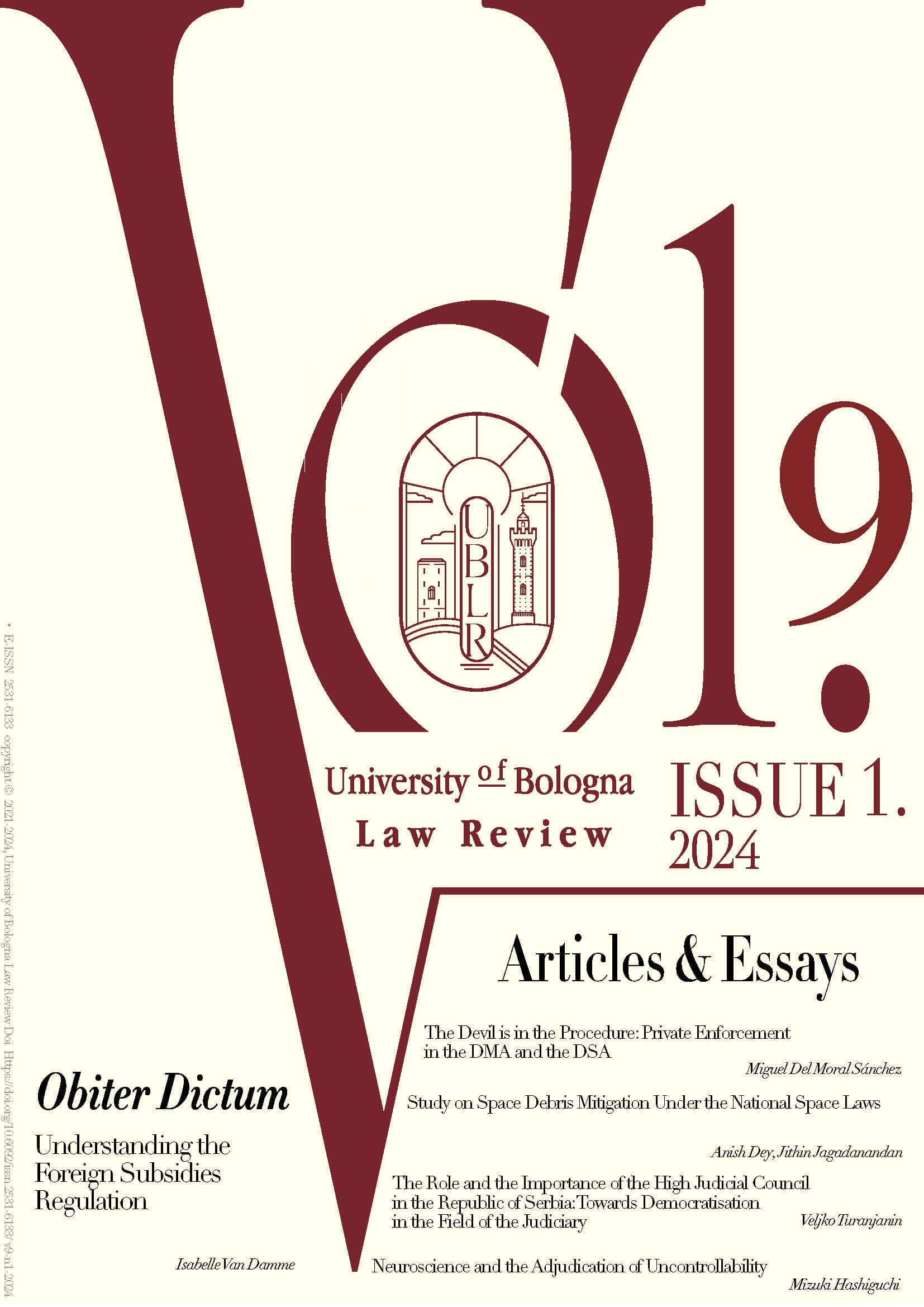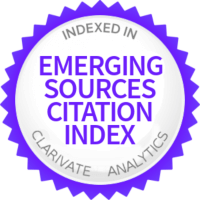Neuroscience and the Adjudication of Uncontrollability
DOI:
https://doi.org/10.6092/issn.2531-6133/20469Keywords:
Neuroscience, Criminal Adjudication, Free Will, Technological Progress, Constitutional RightsAbstract
During the Italian Renaissance, Leonardo da Vinci conducted research on neuroscience, striving to explain “how the brain processes visual and other sensory input, and integrates that information via the soul”. Jonathan Pevsner observes that Leonardo da Vinci took an “integrative approach to art and science”. Today, research takes an integrative approach to law and science, examining how neuroscience works in the administration of justice. Neuroscience has contributed substantially to criminal adjudication by providing criminal law with context, encouraging humane sentencing, increasing objectivity in evidence, and supporting explanations that link brain anatomy with human behaviour. In addition, neuroscience prompts a re-evaluation of the concept of free will in human behaviour and the human brain. Although free will has been viewed as an assumption underlying criminal law, neuroscience suggests that free will may be an illusion. Neuroscience plays a crucial role in courts adjudicating crimes triggered by varying degrees of uncontrollability. Uncontrollability of actions occurs from conditions such as brain lesion, frontotemporal dementia, enlarged amygdala, and addiction to narcotics. The contributions of neuroscience to the justice system have the potential to be strengthened even further. Prospective measures for promoting individuals’ future well-being, ethical frameworks for safeguarding fundamental rights, enabling the symbiotic evolution of law and neuroscience, and removing obstacles to neuroscientific research are some of the ways to create an infrastructure in which law can benefit from the flourishing of neuroscience.
Downloads
Downloads
Published
How to Cite
Issue
Section
License
Copyright (c) 2024 Mizuki Hashiguchi

This work is licensed under a Creative Commons Attribution 4.0 International License.











